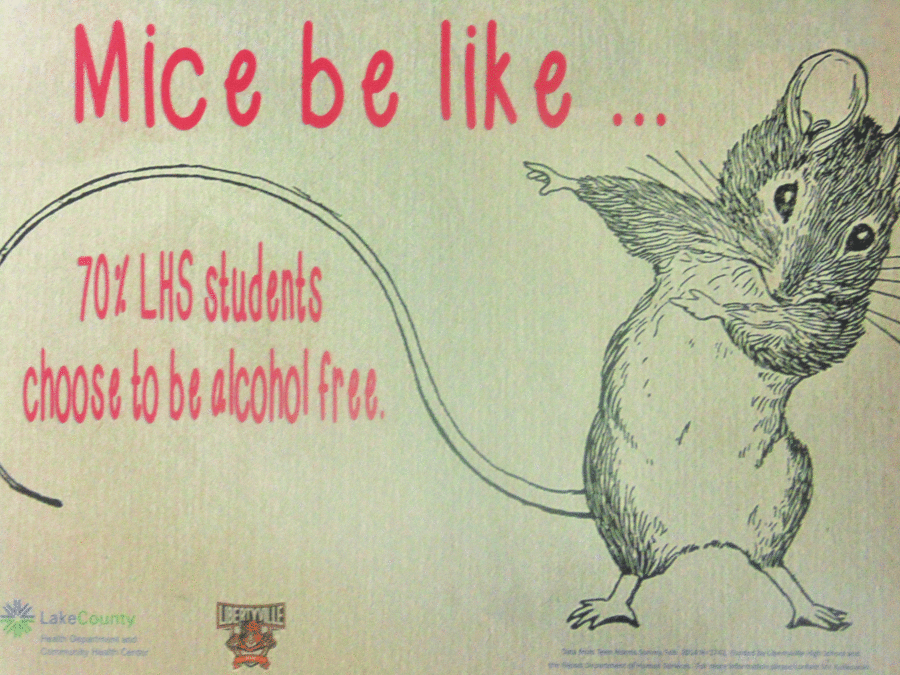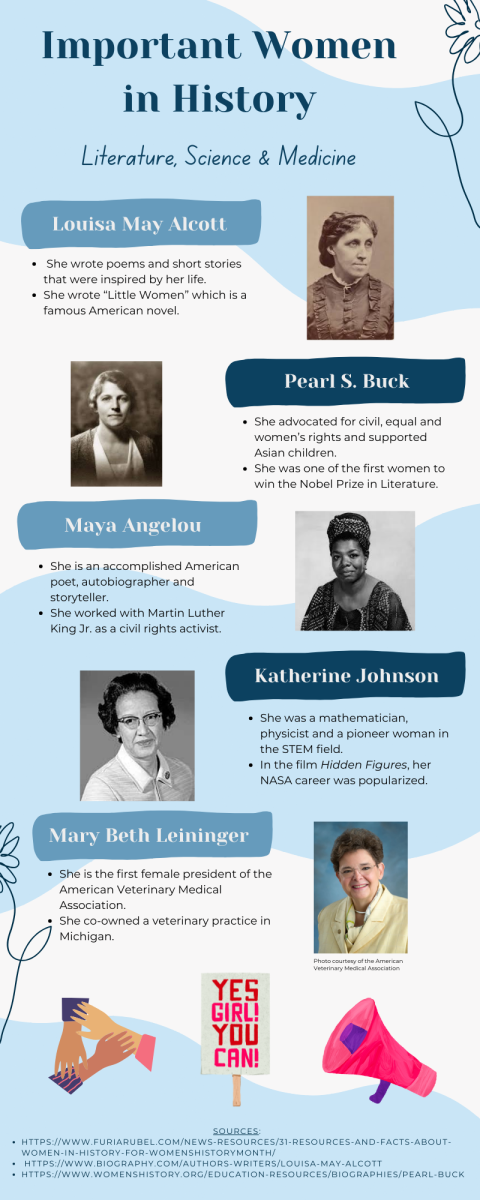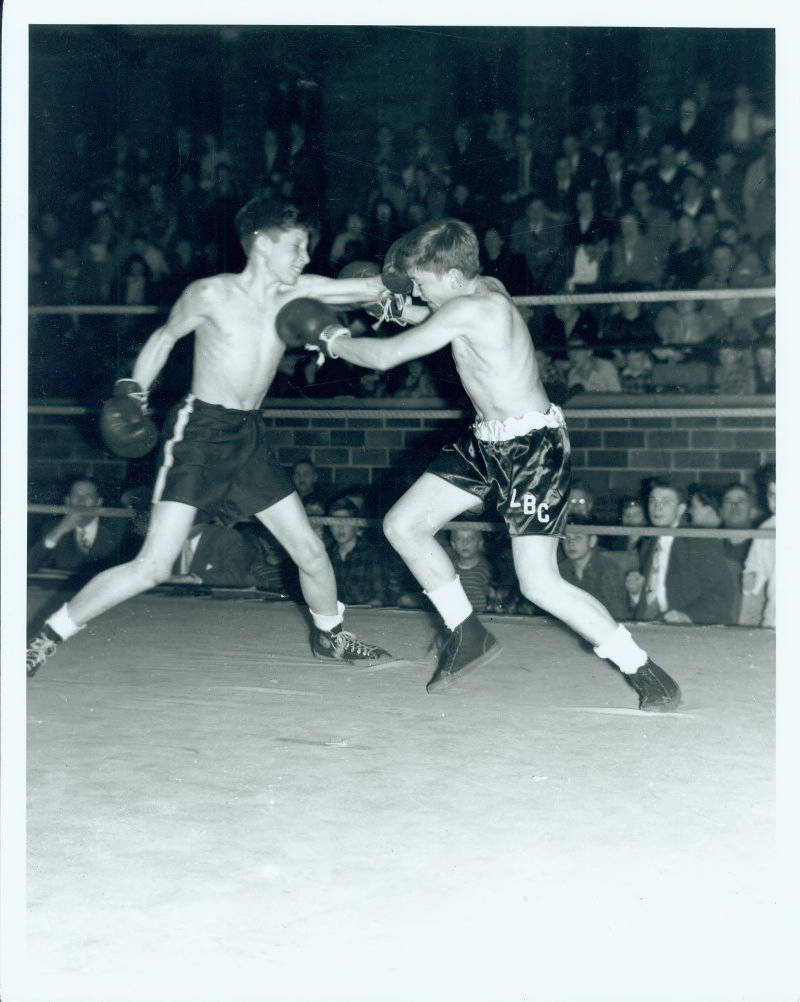The newest social norms poster, featuring a dancing mouse, has stirred up conversation around LHS for weeks with people questioning the meaning of it.
The gray-and-pink poster captures attention with its original tagline and picture of a mouse. The top of the poster reads “Mice Be Like…” followed with the social norms statistic: “70% of LHS students choose to be alcohol free.” The gray mouse, pointing towards the statistic, appears to be dancing, and is illustrated with its long tail curving around the statistic, highlighting the point of the poster. The poster hangs in most hallways and LHS classrooms, allowing for visibility between staff and students.
The poster and its design comes up in conversation daily at LHS and discussion has ranged from confusion to various theories. According to Student Assistance Program (SAP) coordinator Damian Kulikowski, that is exactly what the posters were meant to do.
“The purpose of our social norms campaign is to generate discussion among our students and staff, specifically about the perception of alcohol use and what the data tells us about our students’ actual use,” Mr. Kulikowski conveyed.
As for the design of the poster, its creation began at the Lake County Health Department, according to Mr. Kulikowski. Through their grant with LHS, the department’s staff creates around 12 possible posters for the school. Then, through randomized focus groups, LHS students chose their favorites and voted for the ones they prefer. The high school then discards six of the designs and keeps the others to post throughout the school year. The Lake County Health Department makes poster for other schools as well as LHS, including Vernon Hills, Lake Zurich, and Mundelein.
While the gray poster with pink writing is the only version known to most LHS students, the tagline was originally different when it was picked in a focus group. However, due to a reference to partying, it was changed by the Lake County staff, per request of the LHS administration. Mr. Kulikowski declined to release the original tagline.
Though the tagline “Mice Be Like…” may not be the original one that was chosen, the statistics got more recognition around the school the longer the poster is up. As conversation on the design of the poster grew, eventually people started talking about the statistic as well.
“People stopped and said ‘Mice be like? What the hell does that mean?’ but then I asked them ‘Did you read the rest of it?’ and they were like ‘What? Hell no I didn’t read the statistic… Well, actually, yeah I did because I had to stop and read Mice Be Like, so yeah I did read it!’ so that’s what intention was,” Mr. Kulikowski said.
The new statistic gave a 7 percent drop of students who are alcohol-free at Libertyville. While Mr. Kulikowski could not give any definite answer as to why the number might have dropped, he suggested it may have been due to the time that the alcohol and drug usage survey was administered.
“Two years ago, we took that test in February…before the dance, the February winter dance, and then it just so happened that two years later, when we took it last year, we had it scheduled for after the dance,” he commented. “So that could be one answer, we really don’t know.”
The question used for the posters asks students how many of them have used drugs or had alcohol in the last 30 days, which could quite possibly be affected by the dance and its after-parties. However, the statistic still seems too high to many students at Libertyville.
“I think that’s too high,” sophomore Beth Vogg answered when asked if the statistic was more accurate in her opinion. “77 percent was definitely not right, [but] 70… I think still more people drink.”
Emma Garcia, also a sophomore at LHS, agreed with Vogg, adding that she thought the drop may have been from people being more honest on the survey when it was administered. Though neither fully understood the poster, both were extremely familiar with the poster in question and had paid attention to the statistics, accomplishing the main goal of the social norms campaign.












![Top Five Movies to Watch on Valentine’s Day [Spolier Alert]](https://www.lhsdoi.com/wp-content/uploads/2025/02/Screenshot-2025-02-12-9.59.23-AM.png)
